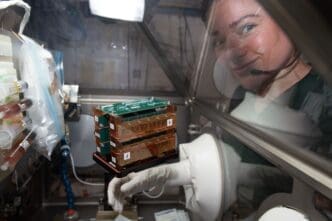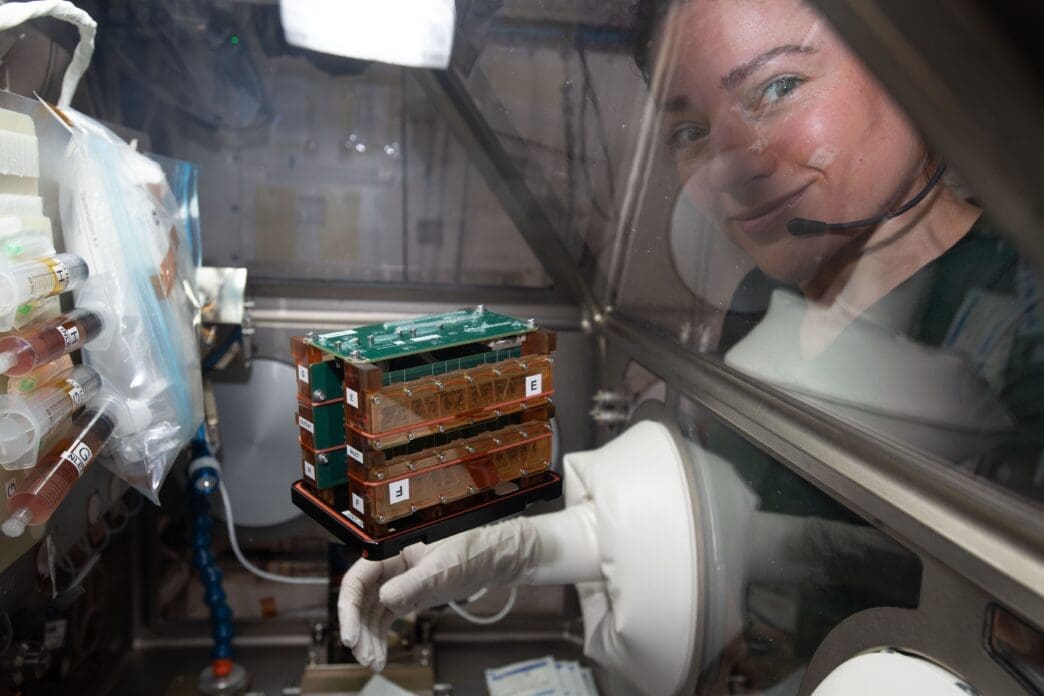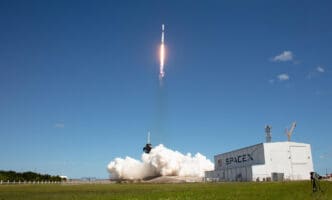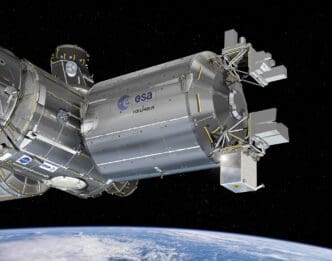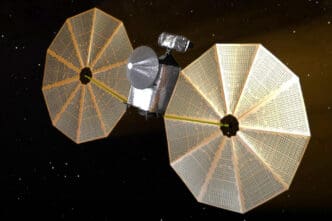Have you ever wondered how space affects the heart? It’s not just about floating in zero gravity. Our hearts undergo fascinating changes beyond Earth’s atmosphere.
February is American Heart Month, and what better way to celebrate than by exploring the heart research happening at the International Space Station? This unique environment offers insights into cardiovascular health for both astronauts and those back on Earth.
Science in Space: February 2025
February, since 1964, marks American Heart Month, a time to prioritize cardiovascular health. The International Space Station (ISS) is a bustling hub of research, illuminating human biology’s response to space. This includes delving into how weightlessness influences heart health, both during and post-spaceflight. Studies utilize artificial cardiovascular systems, such as tissue cultures, to gauge these effects. Ultimately, this research aims to enhance heart wellness for spacefarers and Earthlings alike.
Building a Better Heart Model
Microgravity does odd things to the heart. Scientists use 3D heart tissues, or “heart-on-a-chip,” to mirror real heart cells in space. These tissues mimic aging effects seen on Earth when exposed to weightlessness. This tech could advance our understanding of space radiation and prolonged space travel’s impact on heart function. Such studies also aid in crafting strategies to protect crew members on mars missions and might even offer clues for combating heart disease on our own planet.
Better Measurements for Better Health
The Vascular Echo study, involving Canadian Space Agency astronaut Tim Peake, explored heart and blood vessel health using advanced tech like ultrasound.
A promising finding is the potential of 3D imaging to surpass the commonly used 2D techniques on the ISS. A new ultrasound probe was also developed to help non-experts capture accurate images. This could enable self-monitoring for astronauts on Moon or Mars trips, and provide remote heart care here on Earth.
Long-term Heart Health in Space
As we look to Mars and the Moon, keeping astronauts healthy is key. The CIPHER studies are exploring the effects of year-long space journeys.
One component investigates whether bones losing calcium in space lead to calcium deposits in arteries, increasing cardiovascular disease risk. Astronauts undergo bone and artery scans and provide samples for this study. It examines whether space quickens artery narrowing and stiffening or boosts atrial fibrillation risks. Findings may spotlight early heart disease alerts and biomarkers.
Imagining a future where these insights shape medicine is intriguing. Ongoing studies refine our grasp of heart disease risks, crucial for extended missions. It could mean new treatments for those at home, too.
Health Monitoring for Private Space Travelers
Private space travel is on the rise, launching new opportunities for health research. The Axiom-1 mission examined this realm by studying cardiovascular markers in private crew members.
Results were promising, indicating that fundamental health aspects, like cardiac markers, stayed stable during their mission. Such findings bolster confidence in the feasibility of commercial space tourism and hint at new avenues for continuous health monitoring.
Delving into commercial space health deepens our knowledge pool, expanding beyond the recreational to potentially health-enhancing spaces.
Exploring Vascular Changes with New Tech
Canada’s Tim Peake is part of a heart study using high-tech methods to evaluate heart health in space. Among these methods is 3D ultrasound, showing great promise in accurate cardiovascular assessment.
The new technology allows those without ultrasound expertise to gather vital heart data. This advancement holds promise for monitoring heart health in future missions to lunar bases or Mars colonies.
The potential of this tech for remote, on-Earth medical care is also significant, and may revolutionize how we approach diagnostics.
Long-term Heart Health in Space: CIPHER Studies
NASA’s CIPHER studies aim to decode long-term heart impacts of space travel.
Vascular Calcium research investigates space-induced bone loss’s impact on artery stiffness, contributing to cardiovascular risks. Astronauts provide samples and undergo scans for a comprehensive understanding.
Coronary Responses, another CIPHER project, uses imaging tests to assess cardiac responses. These foundational studies are vital for preparing astronauts for extended lunar and Martian missions while offering potential heart disease insights on Earth.
Health Insights from the 3D Heart Model
Heart tissues in a “heart-on-a-chip” reveal striking parallels to aging hearts on Earth when studied in space conditions.
These surprising results suggest that engineered tissues could be pivotal in understanding aging and conditions in a space setting. Such advancements are not only poised to protect space travelers but also promise to inform heart treatment strategies on Earth.
Space holds surprising wisdom for heart health. Our understanding of the heart in this unique setting not only helps astronauts but could transform medical approaches here at home. As we reach for the stars, we’re finding ways to better care for ourselves and each other.

